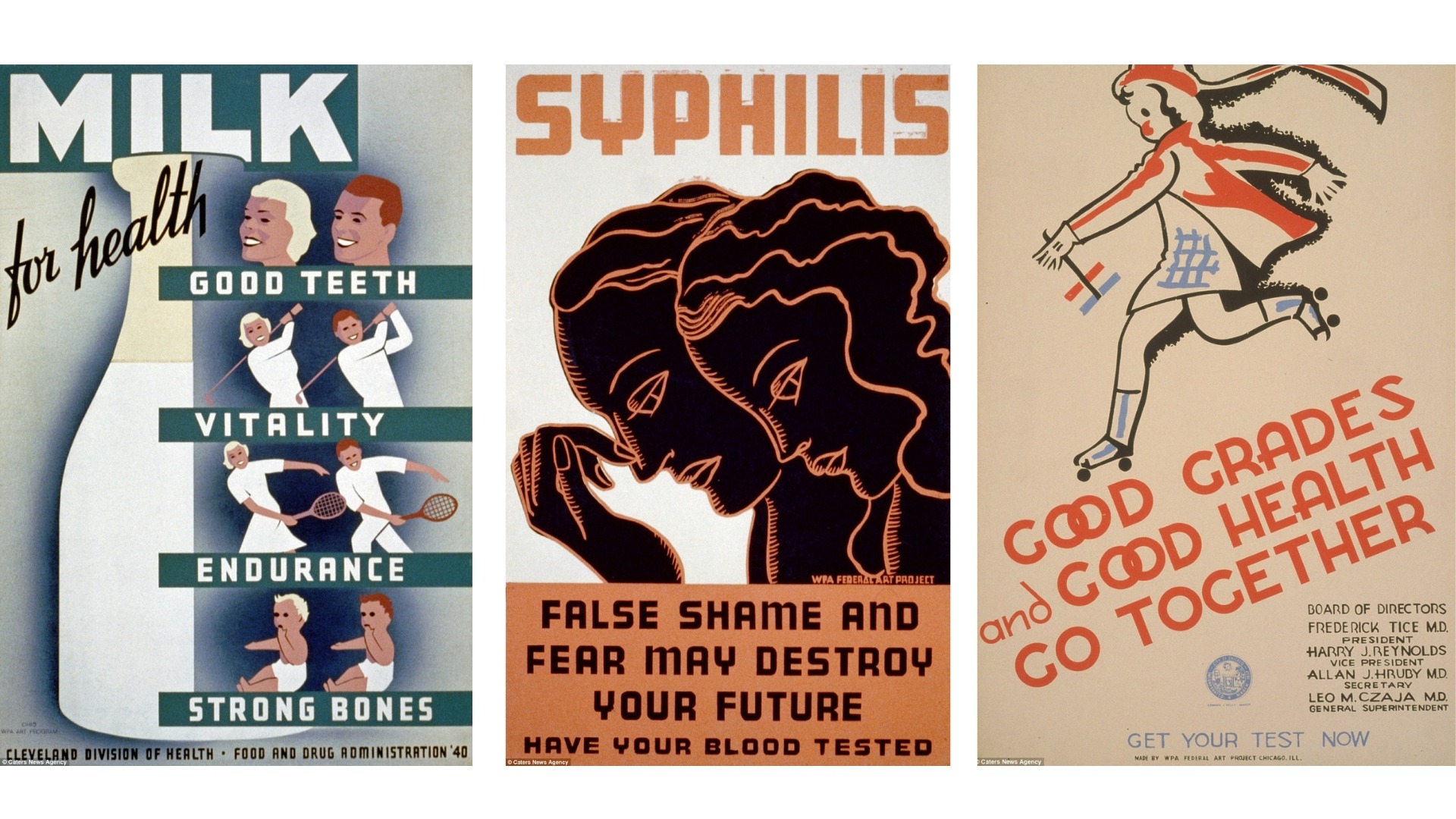Communication touchpoints with HCPs rapidly transformed over the Covid pandemic, as restrictions on face-to-face (F2F) meetings forced companies to go virtual. For organisations looking to engage with HCPs this brought a host of challenges: how do you re-create meaningful engagement without F2F meetings, how do you maximise interaction with HCPs who now have very limited time?
Now we are beginning to emerge from the other side; lockdown is easing and F2F meetings are back on the table. Once again, the same organisations need to evaluate their strategies and figure out what the best approach is when it comes to HCP engagement in a post-covid world.
To gain some initial insight on the topic, we polled our LinkedIn followers to ask them what the ideal mix for HCP engagement might look like. Coming out on top was a balance of face-to-face (F2F) and virtual meetings (62% of respondents), followed by a preference for virtual engagement with some F2F meetings (31%). A focus on fully virtual meetings (8%) was less preferred and interestingly, (but not so surprisingly) nobody selected a return to the pre-Covid F2F meeting approach.
The results make sense when we consider the host of benefits virtual meetings can bring us, such as convenience, time and ease. Even HCPs report that they are happy to supplement face-to-face time with increased remote engagement (IQVIA, 2020). Research by Kantar (2020) also shows that HCPs in the UK plan to reduce face-to-face communication and increase digital communication when interacting with pharma companies.
So, if HCPs are happy to increase their virtual activity is there any need for F2F meetings? The answer is yes – not all HCPs respond to virtual engagement in the same way. For example, research by IQVIA suggests HCPs who are used to regular F2F meetings would still like them to continue in the future, noting that F2F meetings were important for building and maintaining trust with industry representatives. It’s clear that one size does not fit all – companies need to consider the individual needs and preferences of the HCPs they want to engage with.
Organisations need to adjust their strategies and services based on the needs of the HCP and HCPs should be given opportunities to share their preferences on how they wish to be engaged. The digital landscape is a crowded place, so strong digital strategies are needed with content that is engaging and relevant, to ensure important messages are not lost in the digital noise.
Ultimately, a hybrid approach gives a level of agility that is vital for companies to adjust their strategy to meet HCP needs and preferences. In addition, this approach works for congresses. We know in-person meetings provide better opportunities for networking and create a unique atmosphere that is often difficult to replicate virtually. But virtual sessions allow for greater attendance, opening up the sessions and information to be accessed globally, whilst also reducing costs. A mix of virtual and F2F activities during a congress can help deliver a unique experience for attendees, though it will require a huge amount of technical expertise and skill to execute.
The Covid-19 pandemic has accelerated a necessary change within an outdated system, but a hybrid engagement model can equip organisations to withstand and even excel under any uncertainty. In the hybrid model, digital engagement should work in tandem with face-to-face interaction to maximise meaningful interactions with HCPs. Companies also need to remember that they will frequently have to assess the changing landscape to determine how best to move forward.
By Cat M.

